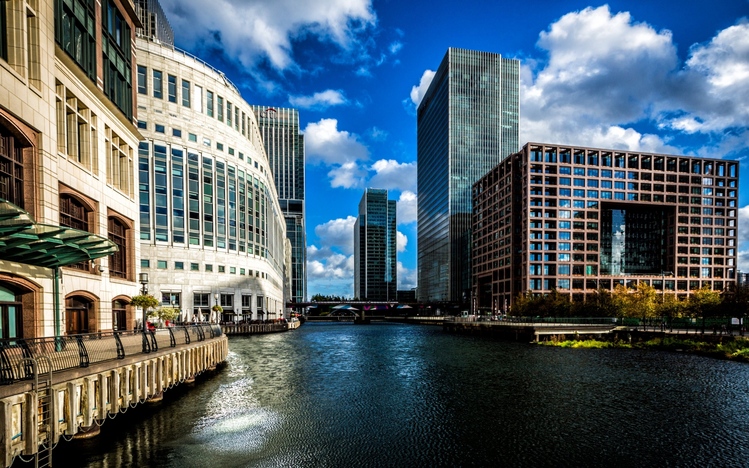
Note on Disabling the Windows 10 Login Screen & Password Prompt If you get an error message at this point, you'll have to use Method 2 (outlined below), but otherwise, you should see the Group Policy Editor window pop up.Īt this point, just reboot your PC, and when you get back up, you shouldn't see the superfluous lock screen anymore. From here, type "gpedit.msc" and press Enter. To get started, hold down the Windows button on your keyboard, then press the R key to launch the Run dialog. This first method is the easiest, but it may not work for some folks, as the Group Policy Editor program that it uses is not included in all editions of Windows. Method 1: Use Group Policy Editor to Disable the Lock Screen While this might be great for preventing accidental pocket unlocking on smartphones and tablets, it really serves no purpose on a traditional PC, so I'll show you how to disable it below. Most notably, a lock screen greets you as soon as you boot your PC, which has to be clicked or swiped away before you can log into Windows. Unfortunately, there are still a few minor remnants of Windows 8's touchscreen-first approach. Where it once required awkward gestures to access key features, Windows now recognizes when you're using a traditional desktop or laptop, then responds by making sure that all features can be easily discovered with clickable buttons and menu entries.

If your PC setup includes a mouse and keyboard, you'll be happy to know that most of the touchscreen-first features of Windows 8 have gone by the wayside in Windows 10.


 0 kommentar(er)
0 kommentar(er)
